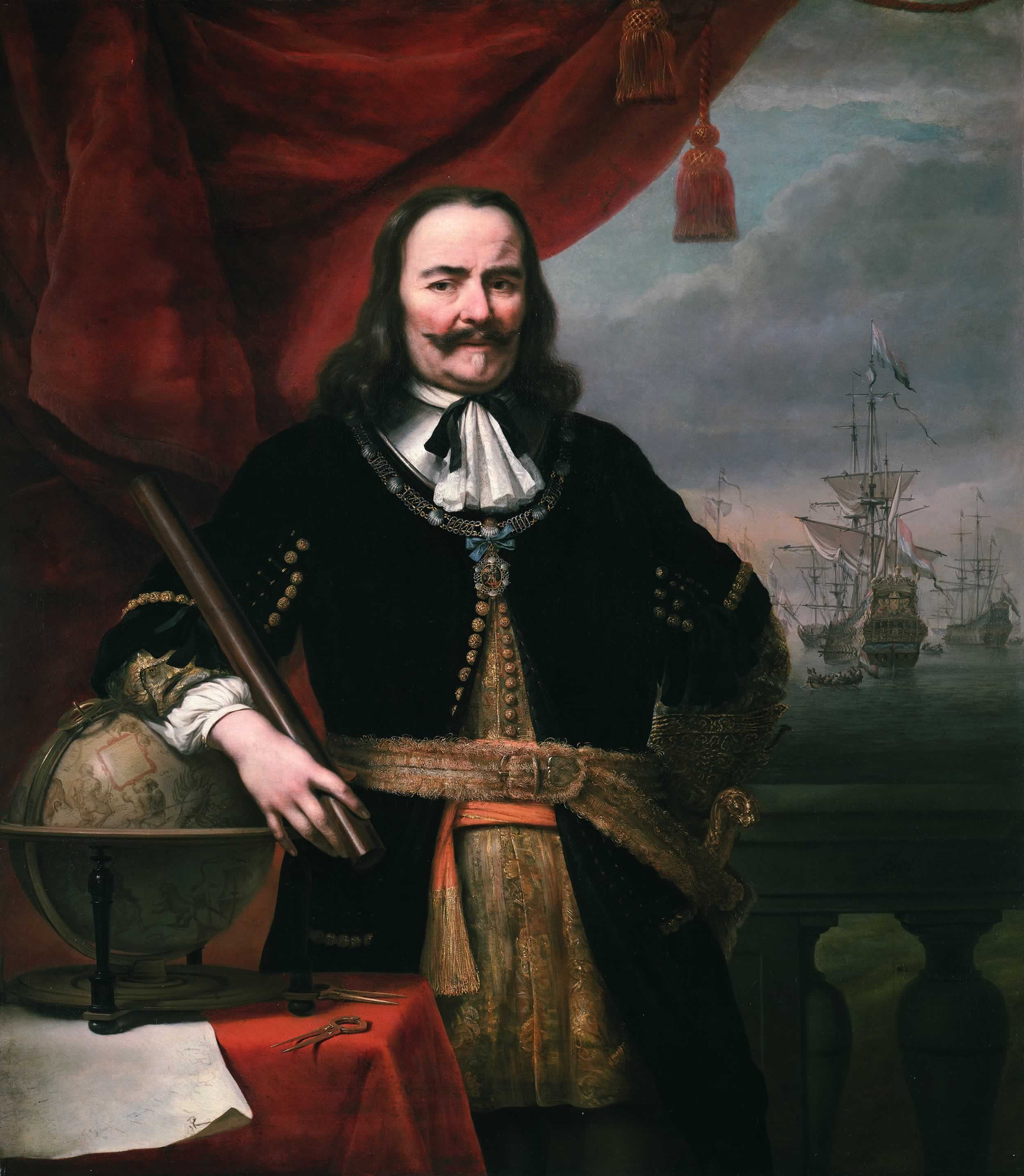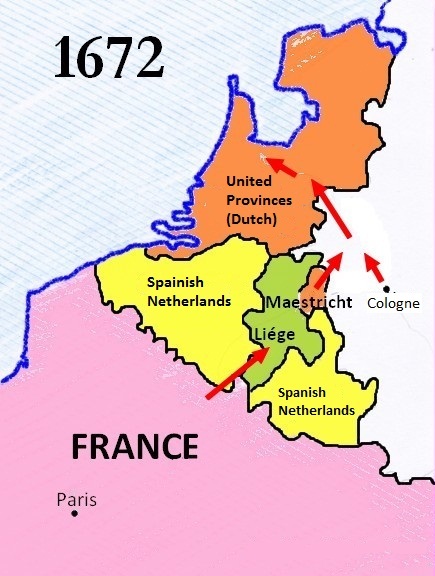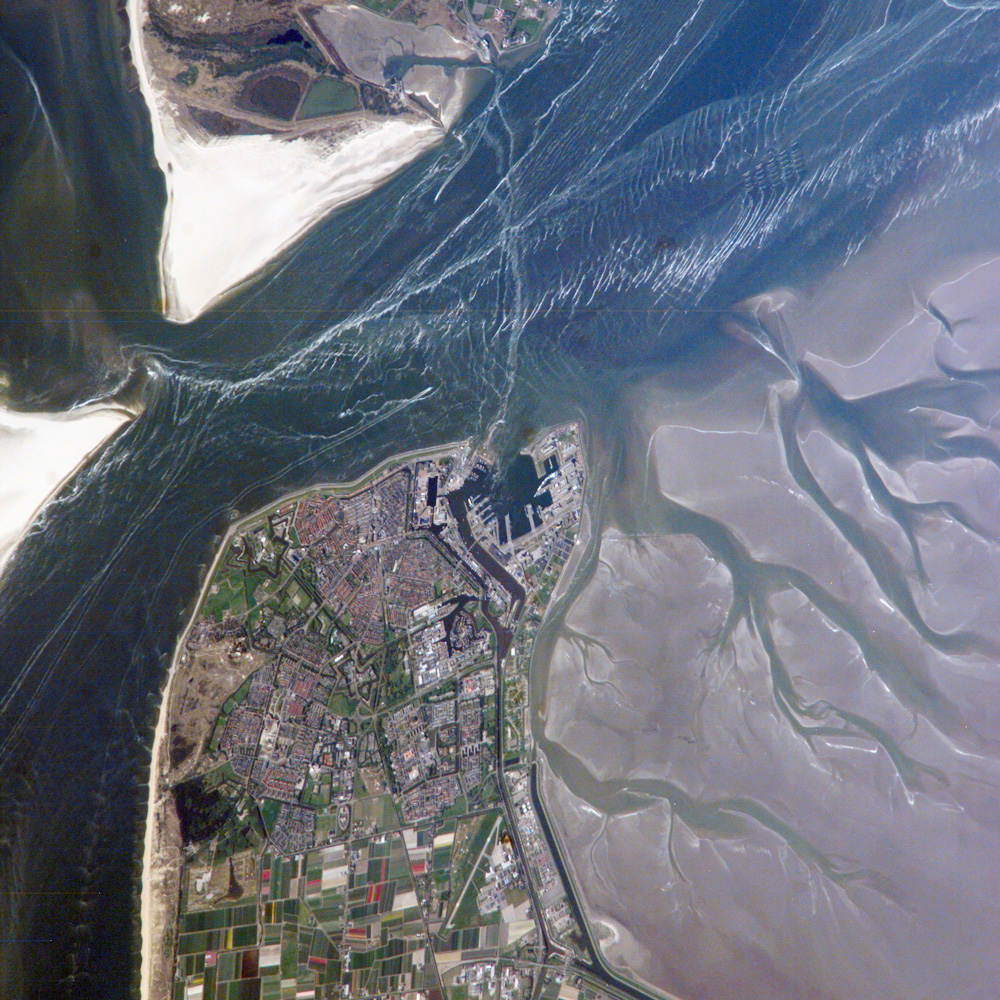|
Battle Of The Texel
The naval Battle of Texel or Battle of Kijkduin took place off the southern coast of island of Texel on 21 August 1673 (11 August Old Style, O.S.) between the Dutch Republic, Dutch and the combined Kingdom of England, English and Kingdom of France, French fleets. It was the last major battle of the Third Anglo-Dutch War, which was itself part of the Franco-Dutch War (1672–1678), during which Louis XIV of France invaded the Republic and sought to establish control over the Spanish Netherlands. English involvement came about because of the Treaty of Dover, secretly concluded by Charles II of England, and which was highly unpopular with the English Parliament. The overall commanders of the English and Dutch military forces were Lord High Admiral James, James II of England, Duke of York, later James II, and Admiral-General William III of England, William III of Orange, his son-in-law and another future King of England. Neither of them took part in the fight. Prince Rupert of the ... [...More Info...] [...Related Items...] OR: [Wikipedia] [Google] [Baidu] |
Franco-Dutch War
The Franco-Dutch War, also known as the Dutch War (french: Guerre de Hollande; nl, Hollandse Oorlog), was fought between France and the Dutch Republic, supported by its allies the Holy Roman Empire, Spain, Brandenburg-Prussia and Denmark-Norway. In its early stages, France was allied with Münster and Cologne, as well as England. The 1672 to 1674 Third Anglo-Dutch War and 1675 to 1679 Scanian War are considered related conflicts. The war began in May 1672 when France nearly overran the Dutch Republic, an event still known as the ''Rampjaar'' or "Disaster Year". Their advance was halted by the Dutch Water Line in June and by late July the Dutch position had stabilised. Concern over French gains led to a formal alliance in August 1673 between the Dutch, Emperor Leopold I, Spain and Brandenburg-Prussia. They were joined by Lorraine and Denmark, while England made peace in February 1674. Now facing a war on multiple fronts, the French withdrew from the Dutch Republic, retaining ... [...More Info...] [...Related Items...] OR: [Wikipedia] [Google] [Baidu] |
Spanish Netherlands
Spanish Netherlands (Spanish: Países Bajos Españoles; Dutch: Spaanse Nederlanden; French: Pays-Bas espagnols; German: Spanische Niederlande.) (historically in Spanish: ''Flandes'', the name "Flanders" was used as a ''pars pro toto'') was the Habsburg Netherlands ruled by the Spanish branch of the Habsburgs from 1556 to 1714. They were a collection of States of the Holy Roman Empire in the Low Countries held in personal union by the Spanish Crown (also called Habsburg Spain). This region comprised most of the modern states of Belgium and Luxembourg, as well as parts of northern France, the southern Netherlands, and western Germany with the capital being Brussels. The Army of Flanders was given the task of defending the territory. The Imperial fiefs of the former Burgundian Netherlands had been inherited by the Austrian House of Habsburg from the extinct House of Valois-Burgundy upon the death of Mary of Burgundy in 1482. The Seventeen Provinces formed the core of the Habsburg N ... [...More Info...] [...Related Items...] OR: [Wikipedia] [Google] [Baidu] |
Aert Jansse Van Nes
Aert Jansse van Nes (1626 – 13 or 14 September 1693) was a 17th-century Dutch naval commander, notable for commanding the second squadron in the raid on the Medway in 1667. He was born at Rotterdam. Three modern ships of the Royal Netherlands Navy The Royal Netherlands Navy ( nl, Koninklijke Marine, links=no) is the naval force of the Kingdom of the Netherlands. During the 17th century, the navy of the Dutch Republic (1581–1795) was one of the most powerful naval forces in the world an ... have been named after him - a destroyer in 1931, a frigate in 1966 and a multipurpose frigate (F833) in 1992. References {{DEFAULTSORT:Nes 1626 births 1693 deaths Military personnel from Rotterdam Dutch naval personnel of the Anglo-Dutch Wars Admirals of the navy of the Dutch Republic ... [...More Info...] [...Related Items...] OR: [Wikipedia] [Google] [Baidu] |
Weather Gauge
The weather gage (sometimes spelled weather gauge) is the advantageous position of a fighting sailing ship, sailing vessel relative to another. It is also known as "nautical gauge" as it is related to the sea shore. The concept is from the Age of Sail and is now antique. A ship at sea is said to possess the weather gage if it is in any position upwind of the other vessel. Proximity with the land, tidal and stream effects and wind variability due to geography (hills, cliffs, etc.) may also come into play. An upwind vessel is able to manoeuvre at will toward any downwind point, since the relative wind then moves aft. A vessel downwind of another, in attempting to attack upwind, is constrained to trim sail as the relative wind moves forward and cannot point too far into the wind for fear of being headed. In sailing warfare, when Tacking (sailing), beating to windward, the vessel experiences Heeling (sailing), heeling under the sideward pressure of the wind. This restricts gunnery, as c ... [...More Info...] [...Related Items...] OR: [Wikipedia] [Google] [Baidu] |
Battle Of Schooneveld
The Battles of Schooneveld were two naval battles of the Franco-Dutch War, fought off the coast of the Netherlands on 7 June and 14 June 1673 (New Style; 28 May and 4 June in the Julian calendar then in use in England) between an allied Anglo-French fleet commanded by Prince Rupert of the Rhine on his flagship the Royal Charles, and the fleet of the United Provinces, commanded by Michiel de Ruyter. The Dutch victories in the two battles, and at the Battle of the Texel that followed in August, saved their country from an Anglo-French invasion. Background The Franco-Dutch War of 1672–1678 resulted from the attempts of Louis XIV of France to annex the Spanish Netherlands. In 1672, troops from France, Münster and Cologne invaded the Netherlands by land, while England's navy attacked Dutch shipping and threatened a seaborne invasion. The conflict between England and the Republic is commonly called the Third Anglo-Dutch War. The years 1672-1673 were particularly despera ... [...More Info...] [...Related Items...] OR: [Wikipedia] [Google] [Baidu] |
Schooneveld
The Schooneveld is a shallow basin at the mouth of the Scheldt river, near the island of Walcheren, off the coast of the Netherlands. It runs parallel to the continental coast, narrowing from the southwest to the northeast, bounded by the irregular, shifting and very dangerous Raan shoal in the south (located in the mouth of the Westerschelde estuary) and the elongated Thorntonbank in the north. During the Third Anglo-Dutch War two Battles of Schooneveld were fought in June 1673, though only the first of these really took place in the Schooneveld itself. The name means "clear field" in Dutch Dutch commonly refers to: * Something of, from, or related to the Netherlands * Dutch people () * Dutch language () Dutch may also refer to: Places * Dutch, West Virginia, a community in the United States * Pennsylvania Dutch Country People E .... Oceanic basins of the Atlantic Ocean Landforms of Zeeland Walcheren {{Zeeland-geo-stub ... [...More Info...] [...Related Items...] OR: [Wikipedia] [Google] [Baidu] |
Dutch East India Company
The United East India Company ( nl, Verenigde Oostindische Compagnie, the VOC) was a chartered company established on the 20th March 1602 by the States General of the Netherlands amalgamating existing companies into the first joint-stock company in the world, granting it a 21-year monopoly to carry out trade activities in Asia. Shares in the company could be bought by any resident of the United Provinces and then subsequently bought and sold in open-air secondary markets (one of which became the Amsterdam Stock Exchange). It is sometimes considered to have been the first multinational corporation. It was a powerful company, possessing quasi-governmental powers, including the ability to wage war, imprison and execute convicts, negotiate treaties, strike its own coins, and establish colonies. They are also known for their international slave trade. Statistically, the VOC eclipsed all of its rivals in the Asia trade. Between 1602 and 1796 the VOC sent almost a million Eur ... [...More Info...] [...Related Items...] OR: [Wikipedia] [Google] [Baidu] |
Den Helder
Den Helder () is a municipality and a city in the Netherlands, in the province of North Holland. Den Helder occupies the northernmost point of the North Holland peninsula. It is home to the country's main naval base. From here the Royal TESO ferryboat service operates the transportation link between Den Helder and the nearby Dutch Wadden island of Texel to the north. Etymology Before the year 1928 the official name of Den Helder was Helder. The origin of the name Helder is not entirely clear. The name Helder may have come from ''Helle/Helde'', which means "hill" or "hilly grounds", or from ''Helre'', which means a sandy ridge. Another explanation is that the name derived from ''Helsdeur'' (Hell's Door), likely because in the water between Den Helder and Texel (called Marsdiep) the current was so strong that many ships were lost. History Huisduinen was the original older part of the city, whereas Helder itself was a nearby smaller hamlet. When a harbour was built near Hel ... [...More Info...] [...Related Items...] OR: [Wikipedia] [Google] [Baidu] |
Battle Of Texel August 21 1673 (Slag Bij Kijkduin) - Nightly Battle Between Cornelis Tromp And Eward Spragg (Willem Van De Velde II, 1707)
A battle is an occurrence of combat in warfare between opposing military units of any number or size. A war usually consists of multiple battles. In general, a battle is a military engagement that is well defined in duration, area, and force commitment. An engagement with only limited commitment between the forces and without decisive results is sometimes called a skirmish. The word "battle" can also be used infrequently to refer to an entire operational campaign, although this usage greatly diverges from its conventional or customary meaning. Generally, the word "battle" is used for such campaigns if referring to a protracted combat encounter in which either one or both of the combatants had the same methods, resources, and strategic objectives throughout the encounter. Some prominent examples of this would be the Battle of the Atlantic, Battle of Britain, and Battle of Stalingrad, all in World War II. Wars and military campaigns are guided by military strategy, whereas bat ... [...More Info...] [...Related Items...] OR: [Wikipedia] [Google] [Baidu] |
Fire Ship
A fire ship or fireship, used in the days of wooden rowed or sailing ships, was a ship filled with combustibles, or gunpowder deliberately set on fire and steered (or, when possible, allowed to drift) into an enemy fleet, in order to destroy ships, or to create panic and make the enemy break formation. Ships used as fire ships were either warships whose munitions were fully spent in battle, surplus ones which were old and worn out, or inexpensive purpose-built vessels rigged to be set afire, steered toward targets, and abandoned quickly by the crew. Explosion ships or "hellburners" were a variation on the fire ship, intended to cause damage by blowing up in proximity to enemy ships. Fireships were used to great effect by the outgunned English fleet against the Spanish Armada during the Battle of Gravelines, [...More Info...] [...Related Items...] OR: [Wikipedia] [Google] [Baidu] |
Prince Rupert Of The Rhine
Prince Rupert of the Rhine, Duke of Cumberland, (17 December 1619 (O.S.) / 27 December (N.S.) – 29 November 1682 (O.S.)) was an English army officer, admiral, scientist and colonial governor. He first came to prominence as a Royalist cavalry commander during the English Civil War.). Rupert was the third son of the German Prince Frederick V of the Palatinate and Elizabeth, eldest daughter of King James VI and I of Scotland and England. Prince Rupert had a varied career. He was a soldier as a child, fighting alongside Dutch forces against Habsburg Spain during the Eighty Years' War (1568–1648), and against the Holy Roman Emperor in Germany during the Thirty Years' War (1618–1648). Aged 23, he was appointed commander of the Royalist cavalry during the English Civil War, becoming the archetypal "Cavalier" of the war and ultimately the senior Royalist general. He surrendered after the fall of Bristol and was banished from England. He served under King Louis XIV of France aga ... [...More Info...] [...Related Items...] OR: [Wikipedia] [Google] [Baidu] |
William III Of England
William III (William Henry; ; 4 November 16508 March 1702), also widely known as William of Orange, was the sovereign Prince of Orange from birth, Stadtholder of County of Holland, Holland, County of Zeeland, Zeeland, Lordship of Utrecht, Utrecht, Guelders, and Lordship of Overijssel, Overijssel in the Dutch Republic from the 1670s, and King of England, Monarchy of Ireland, Ireland, and List of Scottish monarchs, Scotland from 1689 until his death in 1702. As King of Scotland, he is known as William II. He is sometimes informally known as "King Billy" in Ireland and Scotland. His victory at the Battle of the Boyne in 1690 is The Twelfth, commemorated by Unionism in the United Kingdom, Unionists, who display Orange Order, orange colours in his honour. He ruled Britain alongside his wife and cousin, Queen Mary II, and popular histories usually refer to their reign as that of "William and Mary". William was the only child of William II, Prince of Orange, and Mary, Princess Royal an ... [...More Info...] [...Related Items...] OR: [Wikipedia] [Google] [Baidu] |



_-_The_Second_Battle_of_Schooneveld%2C_4_June_1673_-_BHC0306_-_Royal_Museums_Greenwich.jpg)
%2C_Hoorn.jpg)




